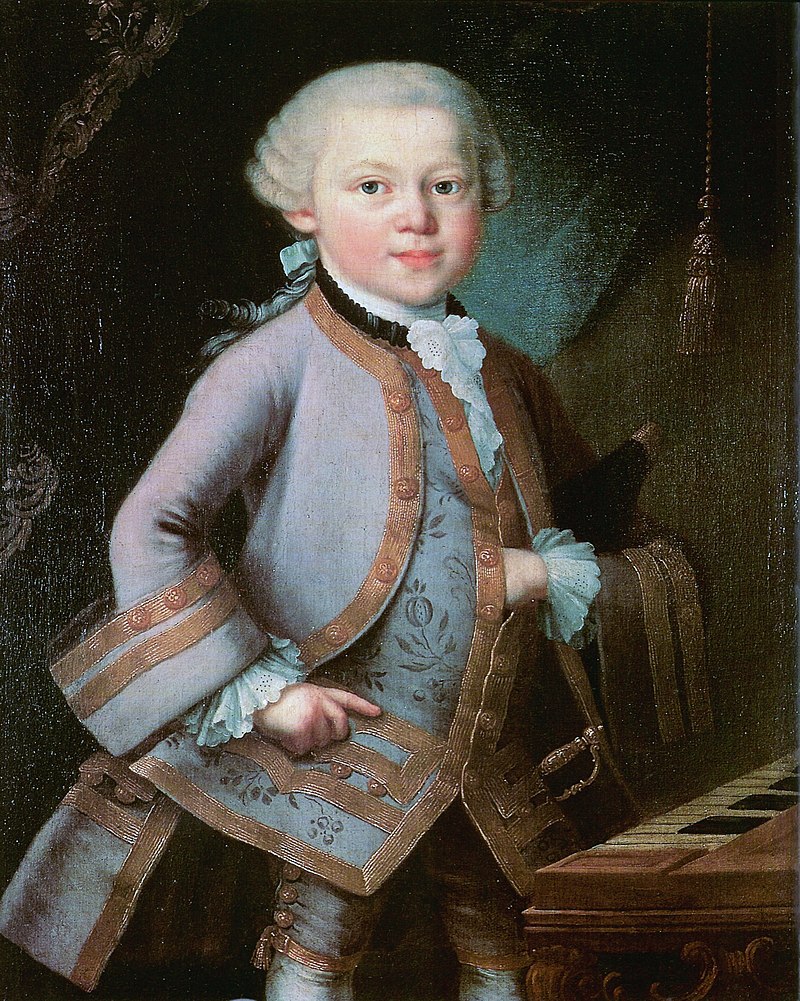|
| This is my post from this week's Tuesday Blog. |
Daphnis et Chloé is a ballet in one act with three tableaux by Maurice Ravel described as a "symphonie chorégraphique" (lit. trans. choreographic symphony). The scenario was adapted by Michel Fokine from a romance by the Greek writer Longus thought to date from around the 2nd century AD. The story concerns the love between the goatherd Daphnis and the shepherdess Chloé.
Commissioned for Sergei Diaghilev’s Ballet Russes, it premiered at the Théâtre du Châtelet in Paris on 8 June 1912 under the musical direction of Pierre Monteux, choreography by Fokine, and Vaslav Nijinsky and Tamara Karsavina danced the parts of Daphnis and Chloé.
At almost an hour long, the music (which requires a wordless SATB choir offstage) is widely regarded as some of Ravel's best, with extraordinarily lush harmonies typical of the impressionist movement. Even during the composer's lifetime, contemporary commentators described this ballet as his masterpiece for orchestra.
Ravel later extracted music from the ballet to make two orchestral suites; the second of the suites, which includes much of the third tableau and concludes with the "Danse générale", is particularly popular.
***
A lot of the stuff I share here and my other platforms is planned for and prepared long in advance, and I’ve had this specific performance in the queue as it were for several months, predating some of the recent news about one of its main architects. Because of this very particular situation, I need to somehow provide a bit of an explanation – and disclaimer.
Years ago, I remember a very heated discussion among American Football fans around a particular linebacker who had shall I say a less-than-stellar off-field reputation involving the usual sex, drugs and domestic violence. In 1999, when Lawrence Taylor became eligible for the Pro Football Hall of Fame, there were some concerns that his hard-partying lifestyle and drug abuse would hurt his candidacy. These concerns proved to be ill-founded, however, as he was voted in on the first ballot. The feeling at the time was that Taylor should be judged for his work on the field, and not for his off-field antics.
Maybe things would be different today, in the age of the #MeToo movement.
A television commentator asked recently whether or not we should still watch Kevin Spacey films, or listen to opera recordings featuring James Levine. It is a fair question indeed, and one which came up when I had to decide whether or not I should still program the much-lauded performance of Daphnis with the Montreal Symphony Orchestra and Chorus, under Charles Dutoit’s artistic direction.
(Maybe it’s a cop-out, but I won’t discuss here the allegations that recently surfaced about the Swiss maestro and his off-stage behaviour. I cannot defend the indefensible, and won’t.)
The way I see it, notwithstanding Dutoit’s galvanizing vision of the work, this landmark recording is the result of outstanding technical achievements (kudos to the record producer Ray Minshull and lead sound engineer John Dunkerley), unforgettable playing by the orchestra’s principal flutist Timothy Hutchins, painstaking preparation by long-serving chorus master René Lacourse and, of course, puts in full display the virtuosity of the 80-plus members of the orchestra. It would be a shame to throw umbrage on their fine work simply because of the misdeeds of one person who happened to lead the orchestra at the podium and provided support during post-production with the technical team at London-Decca.
That’s my story, and I’m sticking to it.
Please enjoy what in my mind is the reference recording of Ravel’s masterpiece.
:format(jpeg):mode_rgb():quality(90)/discogs-images/R-3318549-1325542908.jpeg.jpg)
Maurice RAVEL (1875-1937)
Daphnis et Chloé, MR 57
ballet in one act and three parts for orchestra and mixed chorus (without words)
Timothy Hutchins, solo flute
Choeurs de l’Orchestre Symphonique de Montréal
(René Lacourse, chorus master)
Orchestre Symphonique de Montréal
Charles Dutoit, conducting
Recording Location: St. Eustache, August 1980
London Records – LDR 71028
Format: Vinyl, LP, Album
Released: 1981
Accolades:
Grand Prix du Disque de l’Académie Charles Cros; JUNO Award – Canada; Prix mondial du disque de Montreux; Grand Prix du Disque – Canada; Japan Record Academy Award
Record details - https://www.discogs.com/Ravel-Ch%C5%...elease/3282006
Internet Archive - https://archive.org/details/01DaphnisEtChloBalletEnUnAc





